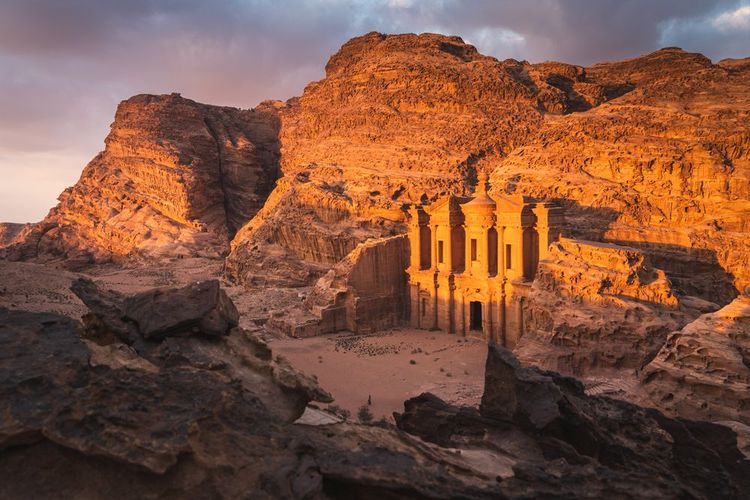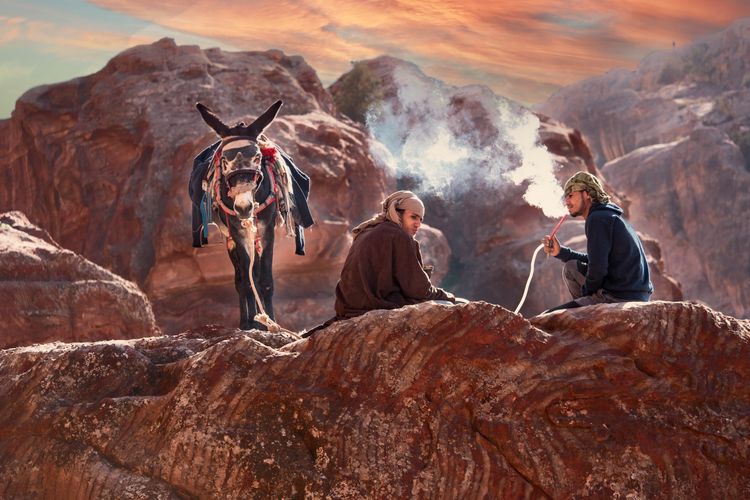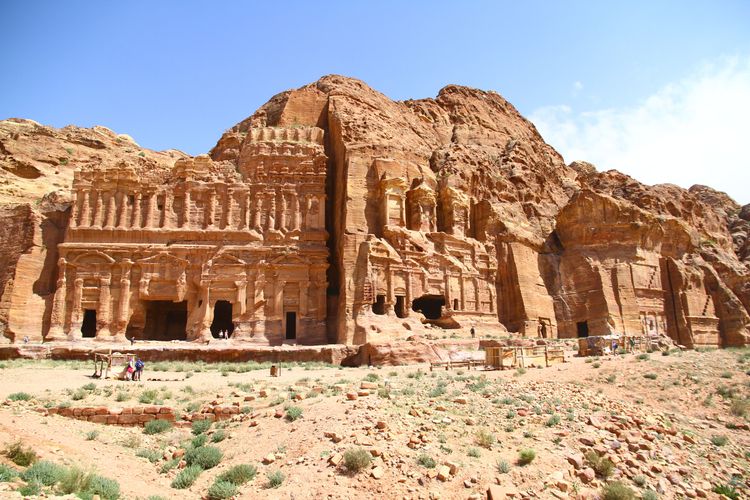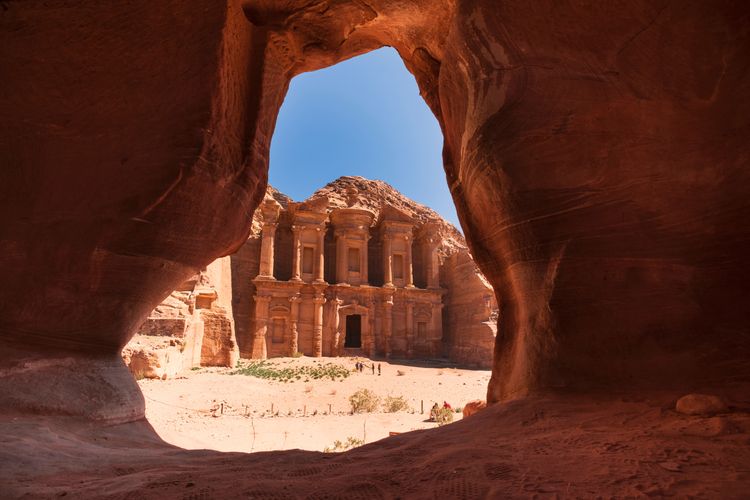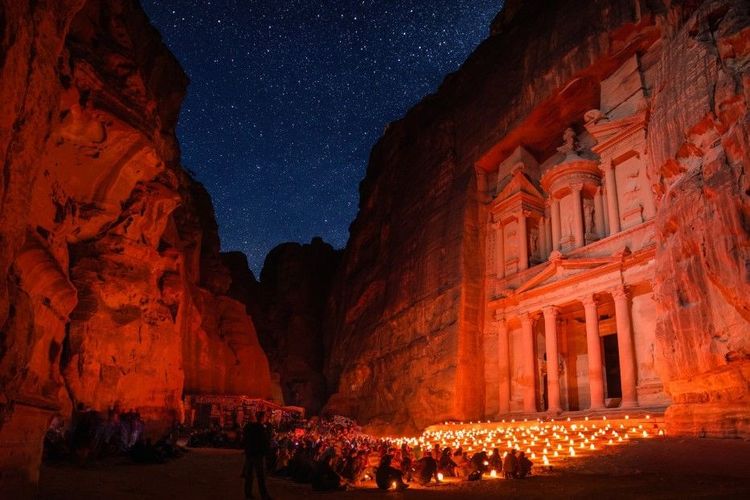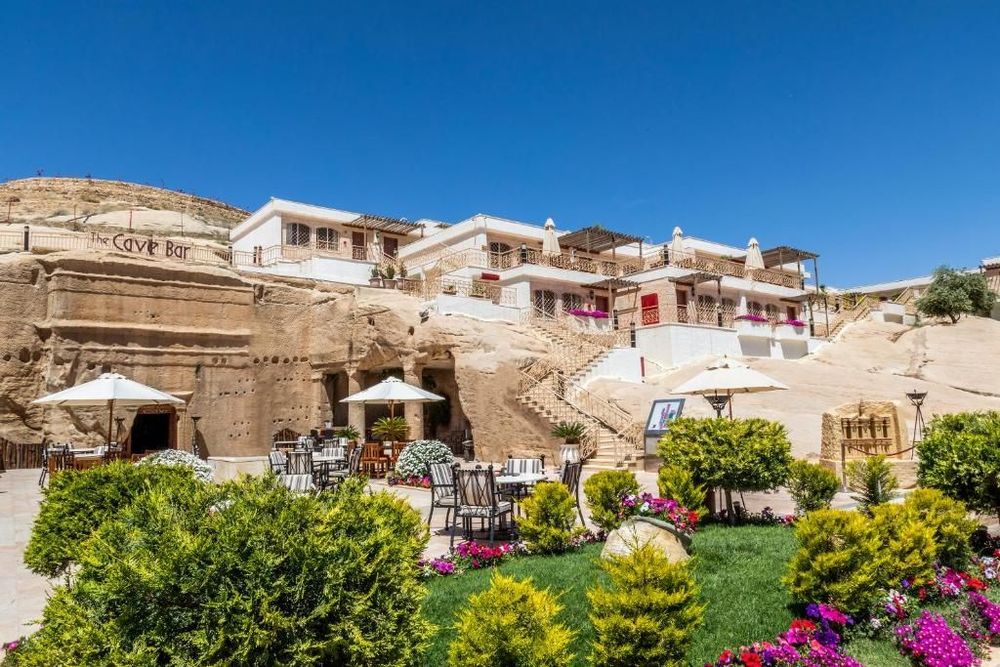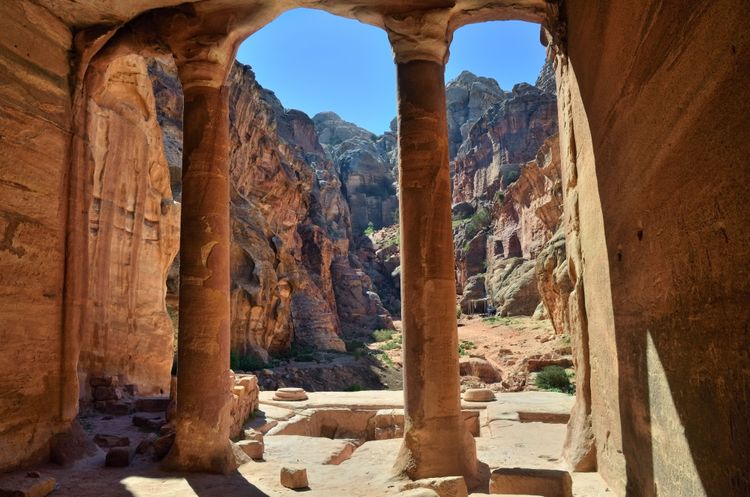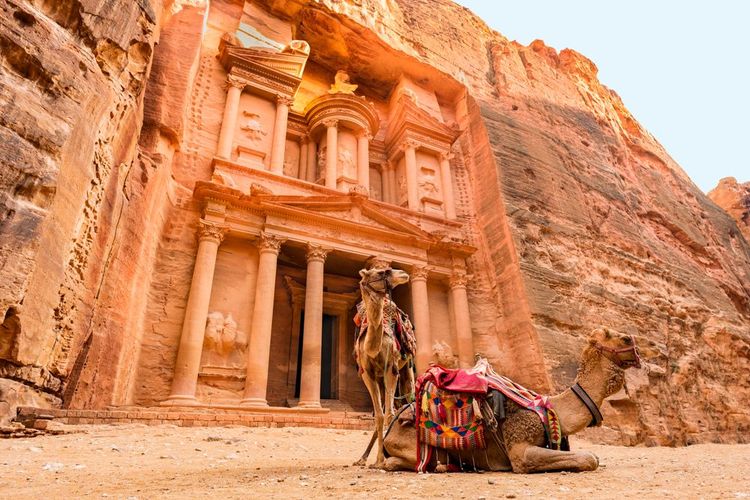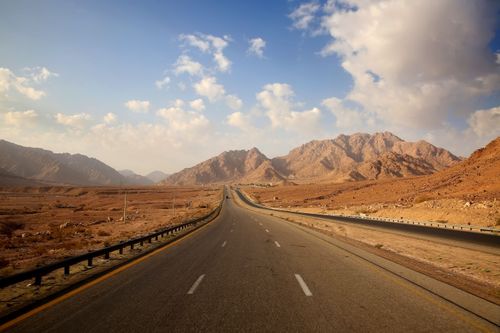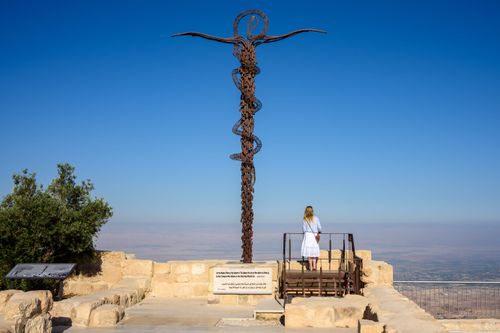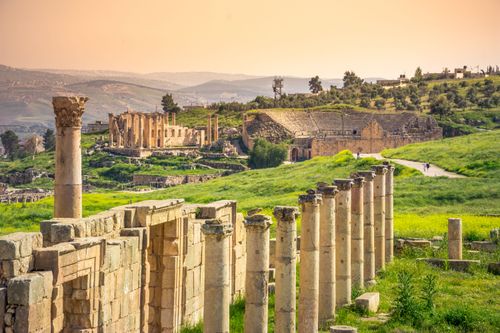It was thanks to Johann Ludwig Burckhardt's first expedition in 1812 that the Western world discovered Petra. After several unsuccessful attempts, the man nicknamed Sheikh Ibrahim managed to enter the lost ruins of Wadi Musa disguised as a Bedouin.
While it seems unthinkable today that such a site would have remained unknown to the rest of the world for so long, there are several reasons for its exclusivity. The few written traces found at Petra favour a much less precise oral transmission. In addition, the political instability in the region at the beginning of the 19th century did not favour excavations.

